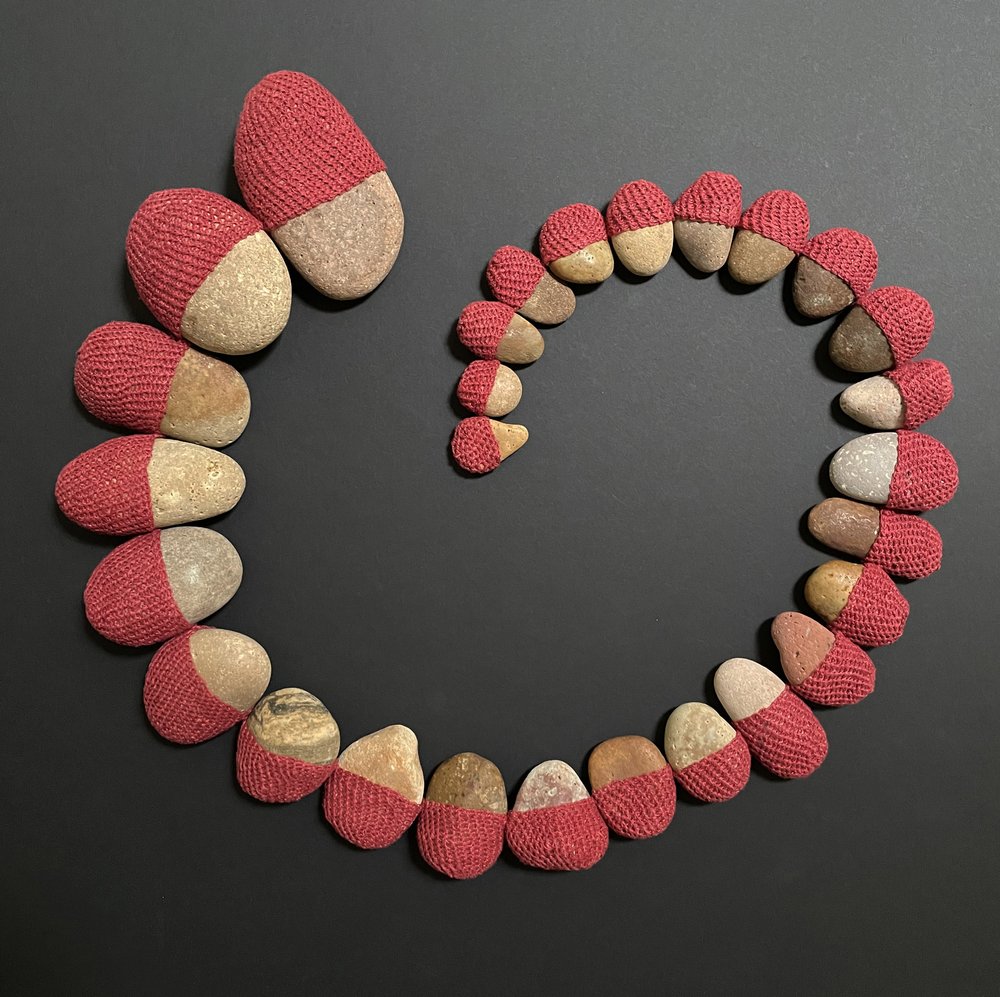Is my math right?
Almost 55 years ago I discovered the art of weaving.
At this point in my life, it’s interesting to reflect on legacy - what did I do? Did I make an impact on another’s life or creative journey? Did my actions or my art change anything/anyone?
I’ve decided through a series of blog posts I’m going to reflect on and follow the thread of my creative career.
Age 20 Martha’s Vineyard
I was introduced to weaving at 19 (a college freshman) when a local weaver came and did a series of workshops at the college. Up to that point I was dabbling in whatever art form I came across: pottery, sculpture, painting, photography and printmaking. My greatest resource became this visiting weaver (Susan Rumsey) – an innovative and talented woman who had attended Cranbrook Academy of Art. I later became her apprentice and with her encouragement pursued a BFA in textiles at Rhode Island School of Design.
Weaving answered questions that were elusive to me with painting, sculpture and printmaking. As a medium that is built with three dimensional lines (threads), weaving offered me a method to build texture, pattern and most importantly to manipulate color.
Because weaving is constructed of many threads that intersect and over lay each other, I found that I could create a surface of pixelated colors that mimicked the multidimensional color I saw in nature. The natural world around me has been my inspiration, my teacher and my solace for as long as I can remember. With the language of threads and the structure of weaving I felt like I was finally able to bring what I felt and saw in nature into my art.
Like many beginning weavers I made rugs, clothes and domestic cloth. Coming from a practical New England Yankee heritage, I thought if I failed as an artist I could make a blanket or coat to keep myself warm.
I spent my first few years as an apprentice and then as an art student learning the language of patterns, weave structures, drafting, dyeing, spinning, knitting, embroidery – basically anything that involved threads. I explored ancient weavings of Peru, Egypt, Indonesia, China and colonial America.
Student at RISD 1974
All the while I kept testing the waters, experimenting how threads could be used to make art. And ultimately I grew the confidence to call myself a textile artist.


